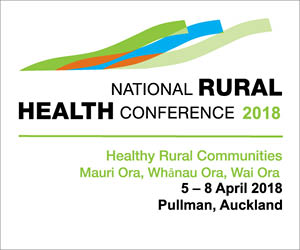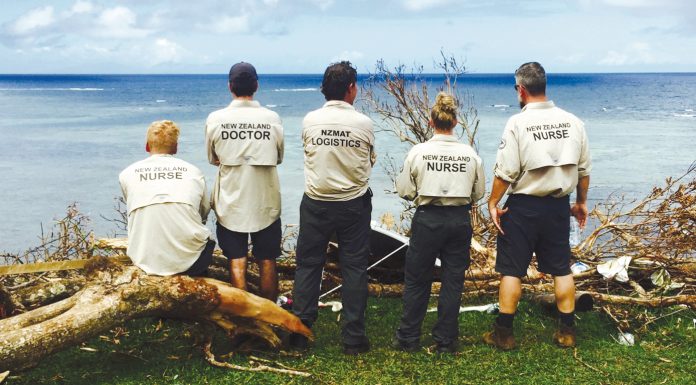Rapid Rounds
Further investigation was carried out to identify the key problems. This revealed delay in patient discharge occurred for a number of reasons including, waiting for reviews, blood or other test results, equipment, or transport – most of which could be organised in advance. Charge nurse Charlotte Porter and a multi-disciplinary project team identified that lack of communication or miscommunication was a key cause of the delays.
To tackle this, a simple solution called ‘daily rapid rounds’ (DRR) was piloted in December 2009 in the general medicine ward and then rolled out across all medicine in 2010.
The rapid round is a short daily stand-up meeting chaired by the charge nurse where all team members (medical staff, nurses, and allied health) review their patients working diagnosis, plan for their day and the patient’s stay, and work towards a shared estimated discharge date. All the information discussed at the meeting is captured on a visible patient status board situated where everyone can see it throughout the day.
Since DRR was introduced in general medicine, the average length of stay for patients has reduced by almost half a day and released an additional 2000 bed days in the first year. An added bonus has been that staff taking part in rapid rounds unanimously agreed they have improved teamwork and communication.
The implementation of DRR has been so effective that it has been successfully replicated in the Orthopaedic department and rolled out to several other parts of the organisation. It has even been shared with other DHBs.
Nurse Facilitated Discharge
Patients who were well enough for discharge were sometimes spending hours or days longer than they needed to in hospital waiting for the next doctor’s ward round.
At the same time, patients in the emergency department were waiting for a bed to become available so they could be admitted to a ward. This led to frustrations for both patients and staff.
Charge nurses and clinical nurse advisors have the ability to discharge patients if medical teams set the criteria. However, very few or no patients were being discharged using this approach.
A nurse-led project was put in place, initially to increase the percentage of weekend discharges by using nurse facilitated discharge (NFD), but it became apparent that NFD could also be a solution in allowing patients to be discharged earlier in the day during the week.
Engaging with the necessary teams of people and listening to patients was a key part of the process. Doctors needed to be confident and supportive of the process as their approval was critical to the success. Patients who were ready to be discharged were identified as part of the daily rapid rounds. Short term wins were shared with the team creating some healthy competition
Since implementation, NFD has contributed to a sustained reduction in length of stay. It has also created greater capacity on the wards and improved patient safety and care. NFD was first trialled in general medicine, where an average 282 hours of patient time has been saved per month! To date, the project has saved 306 bed days which equates to a financial saving of around $153,000.
So successful has it been that nurse facilitated discharge has been adapted for other wards and there has been tremendous interest from other DHBs.
Articles contributed by Auckland DHB special projects communications






















